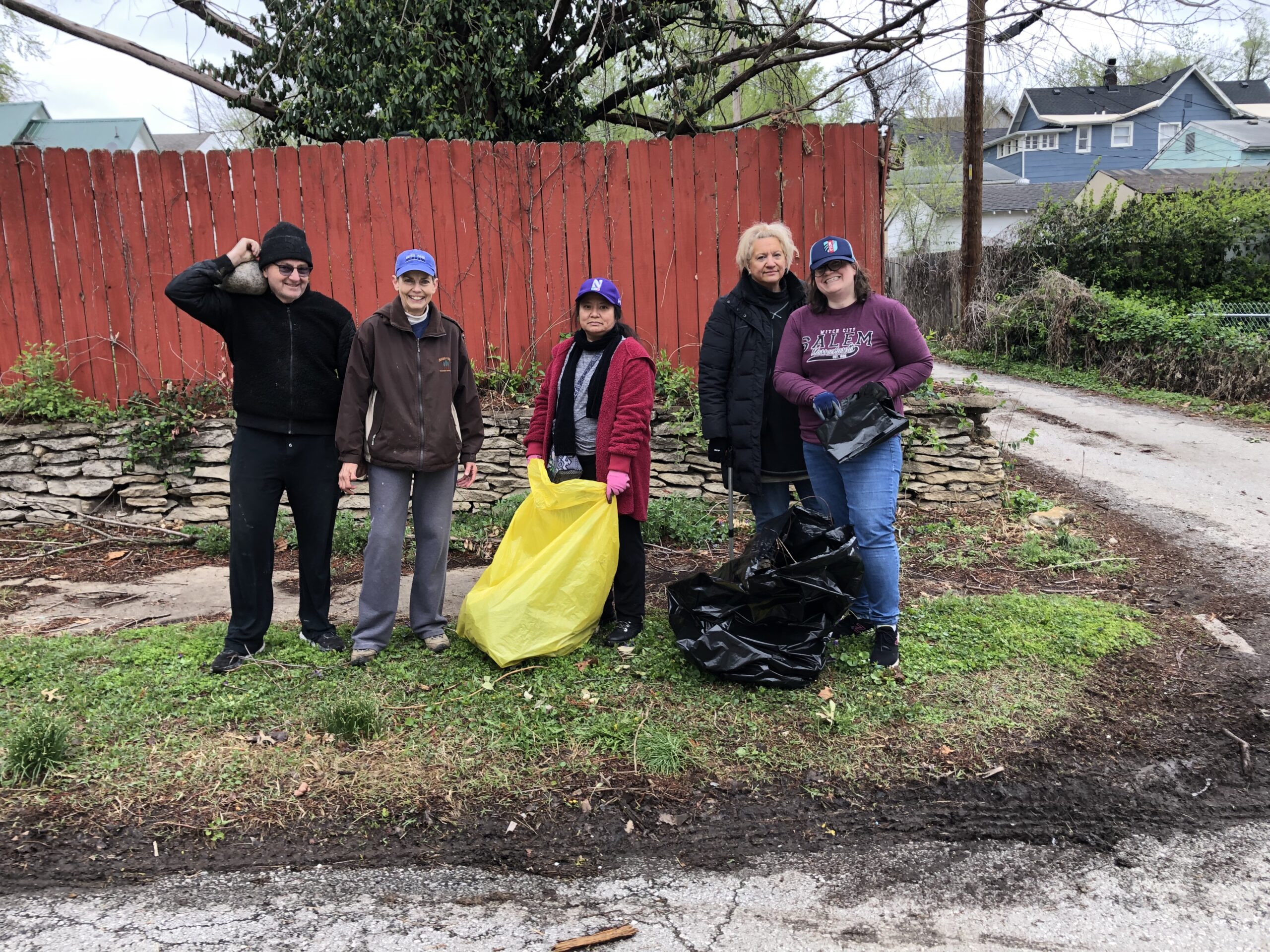
Abby Hoover
Managing Editor
The Kansas City Police Department (KCPD) announced Wednesday, Nov. 11, that the mysterious death of 16-year-old Fawn Cox had finally been solved.
Cox was killed in her bedroom in her family’s home near 9th and Van Brunt Boulevard on July 26, 1989. The murderer climbed up to and broke through her window before sexually assaulting and strangling her, while the rest of her family slept, KCPD said.
Fawn’s mother and younger sister found her when they heard her alarm clock ringing. She had worked at Worlds of Fun until 11 p.m. the night of her death, coming home and going straight to bed because she had another shift the next day.
“This one touched a lot of people because she was an innocent child who was murdered in her own bed,” said KCPD Captain Ben Caldwell, who, before his recent promotion, served as supervisor of the Missing Persons/Cold Case Section. “It rattled detectives and officers who worked it for decades.”
The detectives assigned to the case initially “worked the case into the ground,” running down every lead, Caldwell said. However, in 1989, those detectives didn’t realize how valuable some of the evidence crime scene investigators (CSI) collected would become. CSI collected bodily fluids from a potential suspect, but at the time, all they did was attempt to compare blood types.
The mystery behind Fawn’s death has haunted the Cox family, her community and the department for 31 years.
Monte Clark, a bus driver who started driving for Northeast High School in the early 90s, and also drove for Cox’s church at the time, remembers the case well.
“I used to pass by there, where her house used to be, every day on my route,” Clark said. “I mean, she lived a few blocks from the school. Every time I went by there I’d think about this case.”
Her family fought for years for advanced DNA testing, raising money and speaking out for the need for the test. They also bought billboards throughout the metro asking for tips and offering a reward.
Clark participated in motorcycle rides and fundraisers for the family, and about 20 years ago, he began researching the case himself. He talked to people in the community, trying to keep the case alive, and waded through the memories, rumors and speculations he gathered.
“There was so many people that lived in that neighborhood – my brother-in-law lived just two blocks from there – and a lot of these people that I’m still talking to, they graduated that year from Northeast and they were friends with Fawn,” Clark said. “Everybody was close-knit and everybody was trying to figure out why, you know, who and why.”
Three teenagers were suspected of the crime and were charged for murder, and one was even held for 8 months before DNA testing came back inconclusive and he was released. Ultimately, the key witness recanted the statement and the charges against the other juveniles were dropped.
At the time, the suspects blamed it on the Ninth Street Dog gang, Clark said, which was one of the groups of young men causing trouble in the neighborhood.
“There was a lot of activity going on back then,” Clark said, explaining that people went missing and were never seen again, like Cox’s 20-year-old neighbor Tracy Snow, who disappeared in 1984.
In the 2000’s, KCPD Crime Lab scientists developed a suspect DNA profile from the bodily fluids that were collected and stored in 1989. This was uploaded to the national Combined DNA Index System (CODIS) database, the nationwide crime justice database. There was no match.
According to KCPD, as the years went by, detectives continued to meet with Cox’s family and explore any possible leads. As recently as two years ago, they re-interviewed the former juvenile suspects who had initially been charged in the case and got DNA samples from them. However, those didn’t match either.
As technology evolved, KCPD’s Missing Persons/Cold Case Section re-examined the case, determining that the initial investigation “left no stone unturned,” and only science would solve Cox’s murder.
The advanced DNA testing Cox’s family advocated for was genealogical DNA testing.
“It allows law enforcement to compare the profile of the unknown suspect’s DNA to other national databases and build a family tree of that person, thereby creating a small pool of suspects,” according to KCPD. “Genealogical DNA testing has withstood the scrutiny of courts and has helped solve such cold cases as the Golden State serial killer in California.”
Caldwell said he knew Cox’s case could likely be solved with this technology, but there were barriers with cost, protocol and manpower.
“I never thought I would live to see the day,” Clark said. “Frankly, I thought it would never be solved because detectives had told me that they would never use this technology that is what is actually what ended up solving it… They knew about it, they just said they were never going to do it.”
Clark said he never bought the department’s excuse because the family and community had raised the money for the test.
Then, in the summer of 2020, Operation LeGend came to Kansas City, bringing federal resources into the department, focused on solving violent crimes. This helped the department overcome those financial barriers to perform the test.
Using the genealogical DNA results, detectives found their suspect more than 30 years later.
The results revealed her rapist and killer to be Donald Cox Jr., her cousin. He died in 2006 under suspicious circumstances.
“His death was later determined not to have been the result of foul play, but nonetheless, the medical examiner had investigated the death and retained a blood sample from the investigation,” according to KCPD. “Crime Lab staff extracted the DNA from that blood sample and compared it to the DNA profile from the bodily fluid recovered at the original crime scene in 1989.”
Cox’s family was informed of the news by detectives on Nov. 10. Both of her parents are still living, and they were sad but relieved, Caldwell said. They said they had sometimes wondered whether the cousin had been responsible.
“I looked at everybody in that family, I’d even looked at the guy that, ultimately, they found out he was the one that did it,” Clark said. “I mean, he wasn’t alive, but I went through old newspapers, old pictures, you know, trying to figure out what happened.”
Some of Clark’s questions may never be answered, like if there is a connection to a schoolmate’s party that was held a few blocks away, or a shooting up the street, which both happened the night of her murder.
“I thought I would die – which now, I’m getting older – and never know the answer, that’s why I don’t know how I feel about it,” Clark said. “Now I know the answer but it doesn’t feel like a good resolution. I was thinking the person was still alive out there, they just needed to be caught, and that’s what we were working for, getting that justice.”
He and others in the community have held onto theories over the years, and are still waiting for all the pieces to fall into place.
“This family has been tormented for so long, I feel like they got an answer, a relief of sorts, you know, they were always thinking why or who,” Clark said. “Well they have an answer, but I don’t think justice, no.”
Not every unsolved case is a good candidate for genealogical DNA testing, but it could be a tremendous tool, Caldwell said. At this point, the cost and manpower involved remain a significant barrier, according to the department.
Caldwell said he would love to see some kind of fund, even a privately funded one, that law enforcement could access to perform such testing. He said a sustainable, transparent, genealogical DNA program could bring justice to many who have long been denied it.















